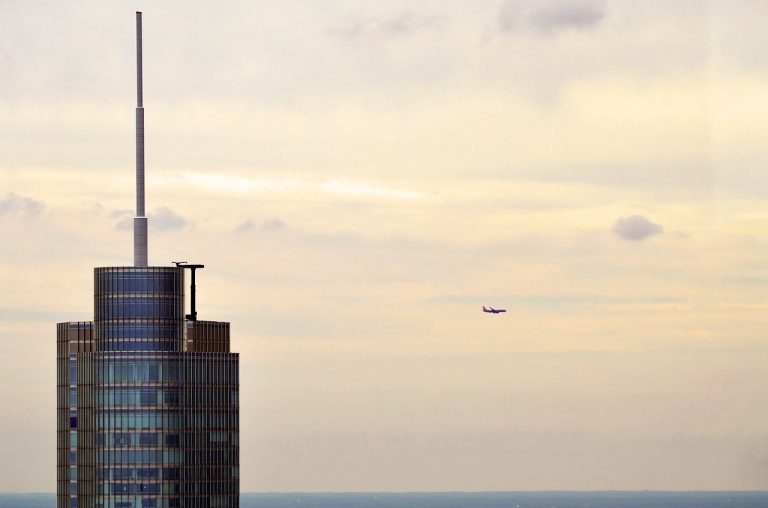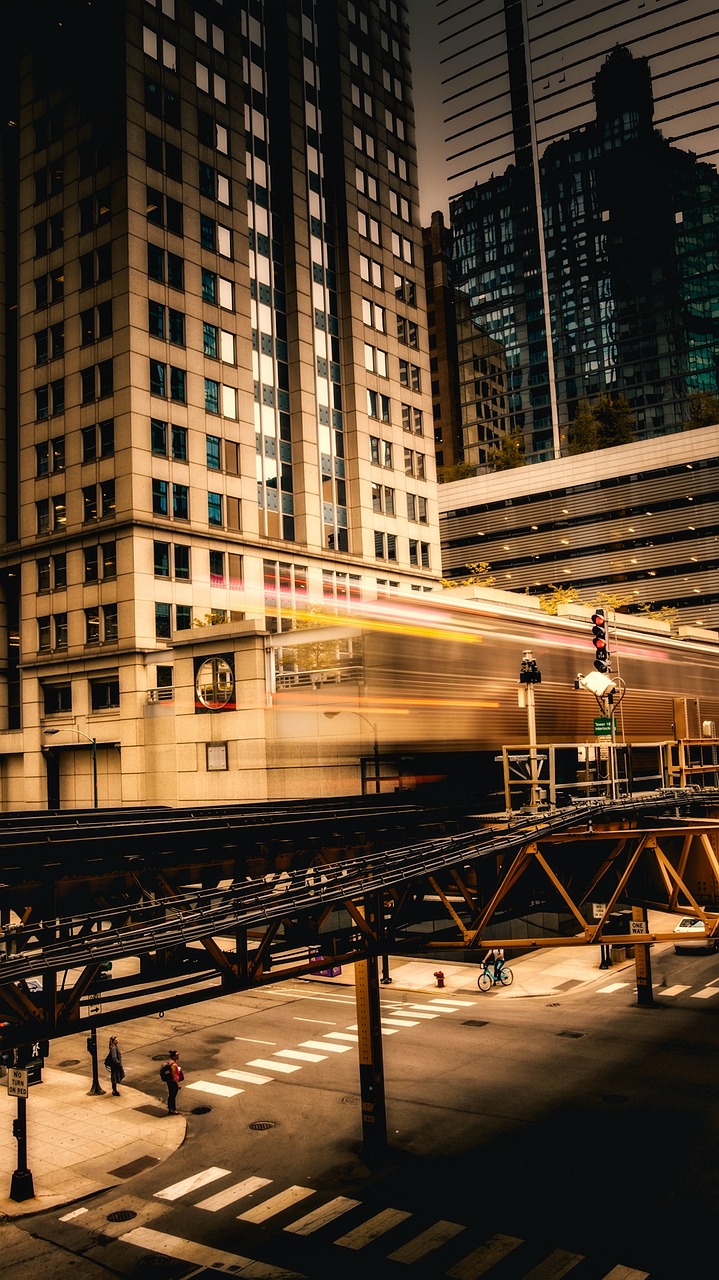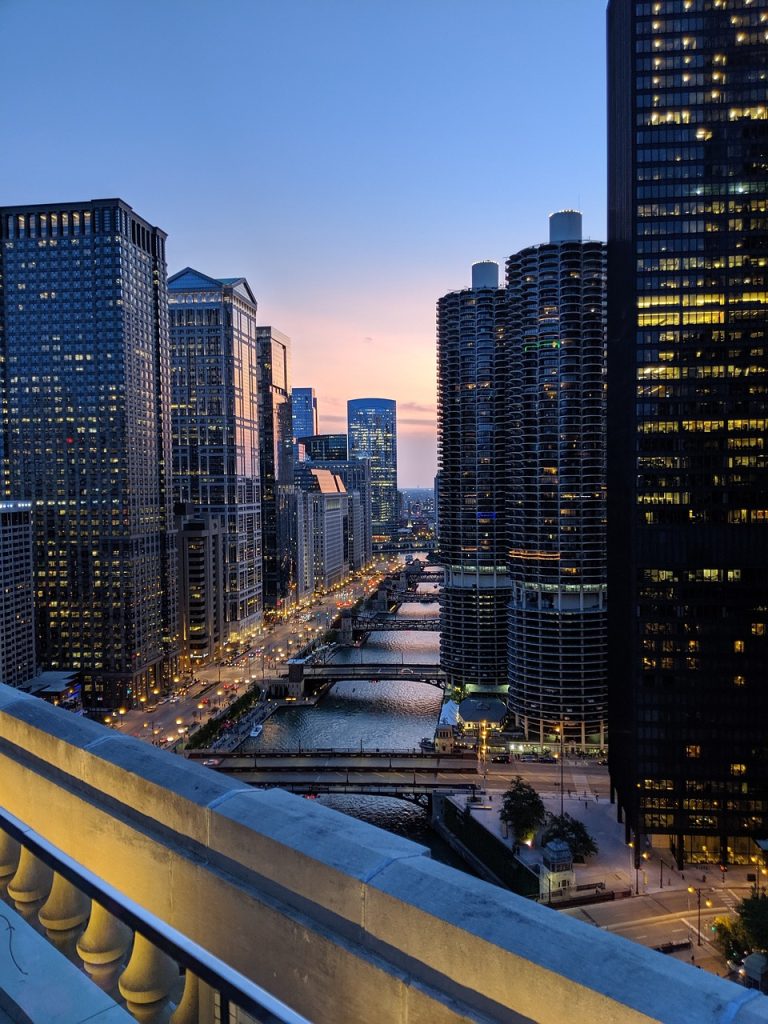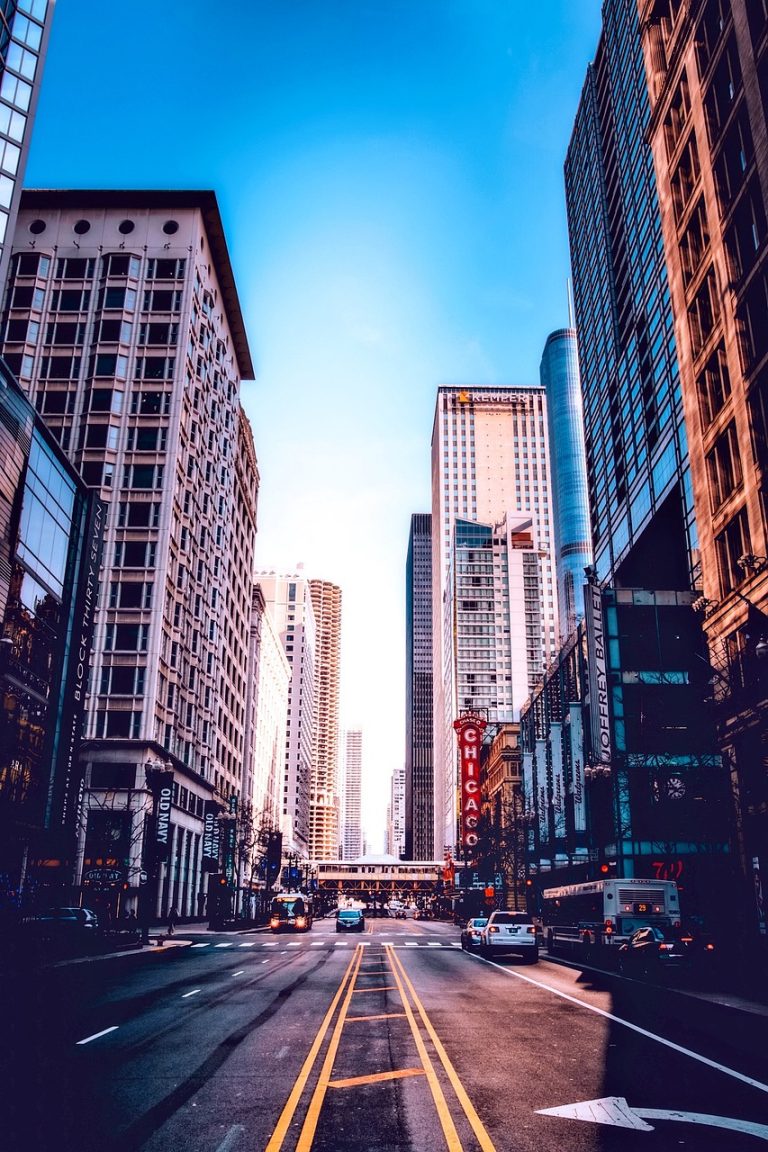Chicago Illinois Video
The Cultural Evolution of Chicago Illinois
Chicago, Illinois is a city known for its rich cultural heritage and diverse population. Over the years, the city has undergone significant cultural evolution, shaped by various factors such as immigration, urban development, and artistic movements. This article explores the different aspects of Chicago’s cultural evolution and highlights the key milestones that have contributed to the city’s vibrant cultural scene.
Early Settlement and Indigenous Influence
- Indigenous Tribes: Prior to European settlement, the area now known as Chicago was inhabited by indigenous tribes, including the Potawatomi, Miami, and Illinois Confederation.
- French Influence: The first European to arrive in the area was French explorer Robert de LaSalle in the late 17th century. French traders established relationships with indigenous tribes and contributed to the cultural exchange.
The indigenous tribes had a deep connection with the land, and their presence can still be felt in the city’s place names and cultural practices.
The French influence can be seen in the city’s architecture and street names, such as Rue de la Rivière (now Michigan Avenue).
Immigration and Cultural Diversity
- Irish Immigration: In the mid-19th century, Chicago experienced a significant influx of Irish immigrants, escaping the Great Famine in Ireland. They settled in neighborhoods such as Bridgeport and contributed to the city’s labor force and political landscape.
- German Influence: German immigrants also played a crucial role in shaping Chicago’s cultural landscape. They established breweries, introduced Oktoberfest celebrations, and contributed to the city’s industrial development.
The Irish immigrants brought their traditions, music, and Catholic faith, which are still celebrated today through events like the St. Patrick’s Day Parade.
German influence can be seen in the architecture of buildings like the Chicago Stock Exchange and in the city’s culinary scene with the popularity of German-style sausages and beers.
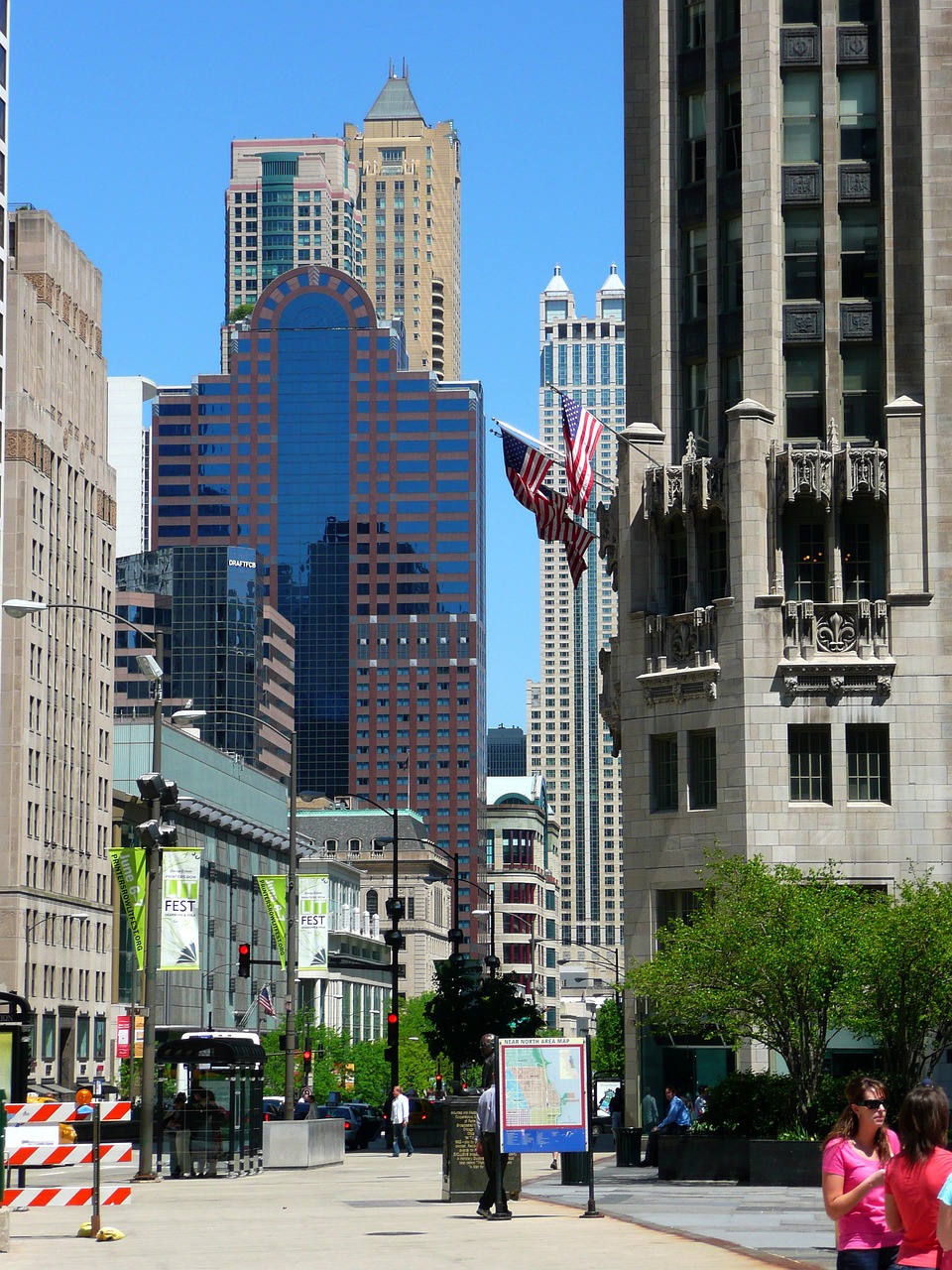
The Great Migration and African-American Culture
- The Great Migration: Between 1916 and 1970, Chicago experienced a massive influx of African-Americans from the southern United States, seeking better job opportunities and escaping racial segregation.
- Jazz and Blues: Chicago became a hub for jazz and blues music during the 1920s and 1930s. Legendary musicians like Muddy Waters and Nat King Cole performed in venues like the Green Mill Cocktail Lounge and the Regal Theater.
This migration led to the development of vibrant African-American communities like Bronzeville, where prominent figures like Louis Armstrong and Gwendolyn Brooks emerged.
The city’s jazz and blues scene continues to thrive, with annual festivals like the Chicago Blues Festival attracting music enthusiasts from around the world.
Artistic Movements and Cultural Institutions
- The Chicago Renaissance: In the early 20th century, Chicago experienced a cultural renaissance, with artists, writers, and intellectuals contributing to a flourishing arts scene. The Chicago Renaissance was characterized by the works of authors like Carl Sandburg and poets like Gwendolyn Brooks.
- The Art Institute of Chicago: Founded in 1879, the Art Institute of Chicago is one of the oldest and largest art museums in the United States. It houses an extensive collection of artworks from various periods and cultures, including renowned pieces like Grant Wood’s “American Gothic” and Georges Seurat’s “A Sunday on La Grande Jatte.”
The Chicago Renaissance marked a significant cultural shift and laid the foundation for the city’s reputation as a cultural hub.
The Art Institute of Chicago has played a pivotal role in promoting and preserving the city’s artistic heritage.
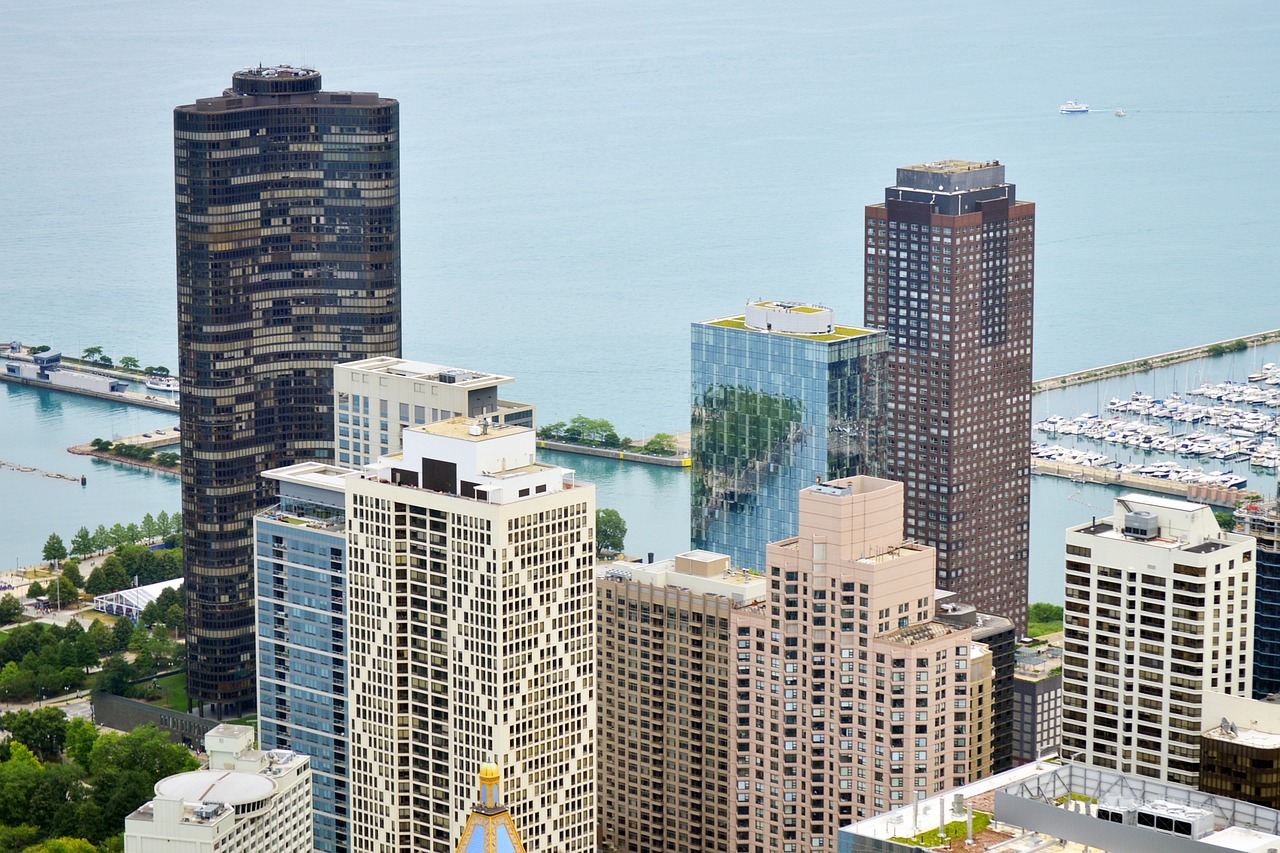
Architecture and Urban Development
- The Chicago School of Architecture: Chicago is renowned for its architectural innovations, particularly the skyscraper. Architects like Louis Sullivan and Daniel Burnham pioneered the Chicago School of Architecture, characterized by steel-framed structures and functional design.
- Urban Renewal: In the mid-20th century, Chicago underwent urban renewal efforts, transforming neighborhoods like the Near North Side and the West Loop. The development of Millennium Park and the revitalization of Navy Pier have contributed to the city’s cultural and recreational offerings.
Iconic buildings such as the Willis Tower (formerly Sears Tower) and the John Hancock Center are testaments to Chicago’s architectural legacy.
These urban development projects have enhanced Chicago’s appeal as a global city.
Cultural Celebrations and Festivals
- Taste of Chicago: The Taste of Chicago is an annual food festival that showcases the city’s diverse culinary scene. It attracts millions of visitors who can sample a wide array of dishes from local restaurants.
- Chicago Jazz Festival: Held in Millennium Park, the Chicago Jazz Festival is one of the largest jazz festivals in the world. It features renowned jazz musicians and promotes the genre’s rich history in the city.
The festival celebrates the city’s cultural diversity through food, music, and performances.
The festival showcases Chicago’s vibrant jazz scene and attracts jazz enthusiasts from around the globe.

Conclusion
In conclusion, the cultural evolution of Chicago, Illinois has been shaped by a multitude of influences, including indigenous heritage, immigration, artistic movements, and urban development. From its early settlement to the present day, the city has embraced its diverse population and celebrated its cultural heritage through various institutions, festivals, and artistic expressions. The rich history and vibrant cultural scene make Chicago a truly unique and captivating destination.
References
– Encyclopedia of Chicago: www.encyclopedia.chicagohistory.org
– Art Institute of Chicago: www.artic.edu
– City of Chicago: www.cityofchicago.org
– Choose Chicago: www.choosechicago.com


